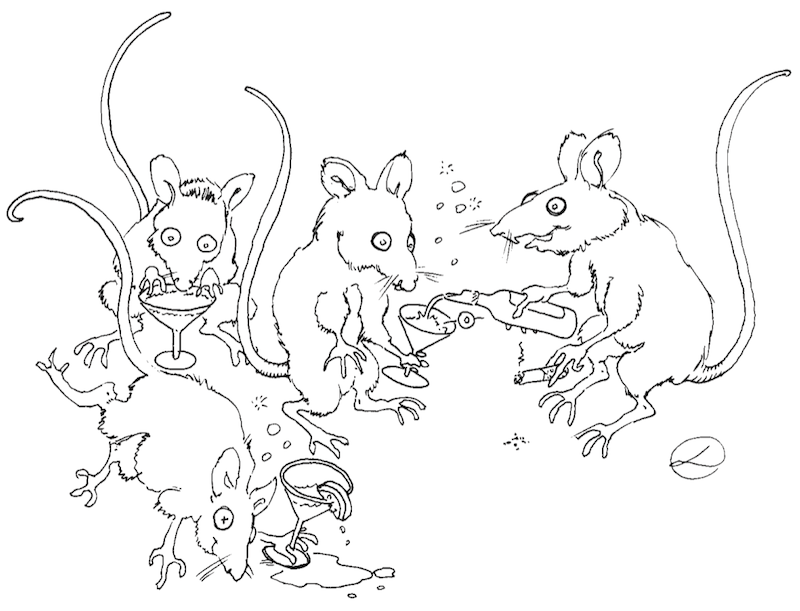
 Credit: Anna Schneider
Credit: Anna Schneider
In 1677 Anton von Leeuwenhoek, an inventor of the microscope, observed tiny creatures with tails he called “animalcules” swimming in a sample of his own semen. Centuries after these first observations, researchers at UC Berkeley are poised to answer one of the most important questions about these mysterious cells: how do they make it all the way to the egg?
Spermatozoa, or sperm, are single cells containing the male half of the DNA required for reproduction. Sperm aren’t fully mature until they enter the female reproductive tract, where they become hyperactive, swimming more vigorously than before. Hyperactivity is crucial to the sperm’s ability to penetrate the egg’s protective layers.
In 2011, Professor Polina Lishko discovered that progesterone, a female hormone, causes sperm hyperactivity by stimulating an ion channel called CatSper. “You can think of an ion channel as a door. When the door is closed, it can’t let anything through. If it’s open, it will let certain things pass through,” says Melissa Miller, a postdoc in the Lishko lab. CatSper lets calcium ions into the cell, fuel for the molecular motor in the sperm tail. If sperm don’t get enough calcium, they won’t become hyperactive.
Lishko discovered that progesterone affects CatSper by measuring the electrical current of calcium ions moving into the sperm. When she added progesterone, the current got a lot bigger. Measuring this calcium current in sperm isn’t trivial. The technique used, called patch clamping, is a delicate process that involves connecting a microscopic glass pipette to a cell. Lishko pioneered the use of patch clamping on human sperm, which are the smallest cells in the body. Their frantic movement adds an extra challenge. “It’s sort of like a video game,” describes Miller. “You have to time it right.”
CatSper is only found in sperm, making it an ideal drug target. Using ejaculated sperm from anonymous donors, the Lishko lab hopes to develop unisex contraceptives that block CatSper function. “If sperm don’t move, it doesn’t matter where they don’t move, whether it’s in the male reproductive tract or the female reproductive tract,” says Miller. “If we can understand how progesterone and the CatSper channel interact, we can possibly stop that interaction.” Men may look forward to “getting on the pill” in the not-so-distant future.
This article is part of the Fall 2013 issue.



